Summer in the Perennial Garden
Once the daylilies wind it on down we’re left to realize that summer has come to stay for a while. That’s happened a few weeks later that normal this year, but it’s officially here now, as judged by these long-popular mid-summer bloomers.
Cannas…
We grew up with giant orange cannas across our back fences. Then there were dwarf types. Then types with vividly colored foliage as well as bright flowers.

Cannas have always been a part of the Texas summer garden. They’re bold and they’re easy. Use them toward the back of the flower garden and take advantage of their tropical good looks.
When one round of blooms runs its cycle, cut that stem back almost to the ground. That will promote additional shoots and another round of showy blooms. Use a systemic insecticide ahead of canna leafrollers to keep the plants looking tidy.
Gloriosa daisies ‘Goldsturm’…
This is the upscale version of our annual wildflower, black-eyed Susan. Of all the gloriosas, it’s the most perennial, coming back year after year like clockwork.
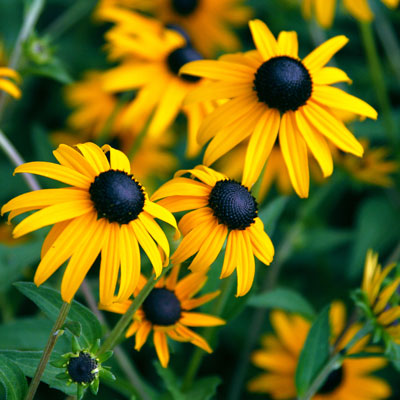
While its flowers are smaller than some of the new hybrids, and while they may lack the multiple colors, they’ll outperform the shiny newcomers many times over. Goldsturm has already been in bloom for at least 8 weeks where I live in McKinney. Hopefully you have it in your town as well.
Hardy hibiscus, or rose mallows…
Who doesn’t love a plant with flowers the size of your head! These things are spectacular. Shades of red, pink and white, many of them with showy bi-colored blooms. Older types grew to be 4 or 5 feet tall, but over the years breeders have brought those heights down to just 24 to 36 inches.
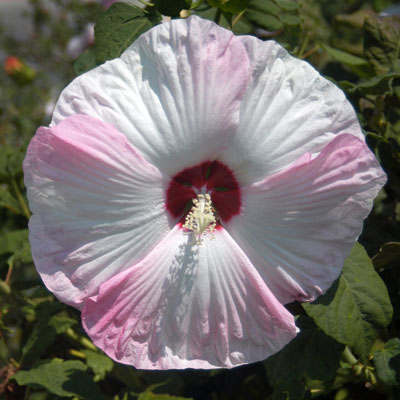
The blossoms last only one day, but if you keep the plants well-watered and properly fed, they’ll keep producing flowers well into fall. The stems will die to the ground with the first freeze of the fall, but they will always come back in the spring. They’re winter-hardy north into Canada. Watch, too, for the newer types with burgundy foliage. They’re very showy.
Summer phlox…
You’ll find dozens of varieties in northern gardens, but in Texas we have two. The taller magenta type has been named Victoria, and it grows in a more open form to 36 inches. You’ll usually see it around older neighborhoods where it was passed between veteran gardeners and relatives.
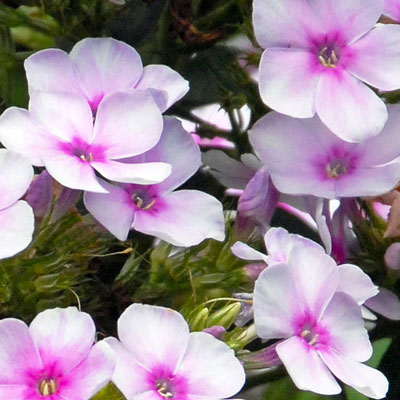
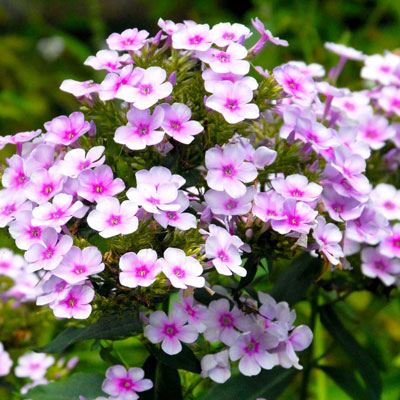
The newer type is yet another introduction of our friend Greg Grant. He found it in a yard in southeast San Antonio. There’s a story behind its naming that’s told by Extension Professor Emeritus of Texas A&M Dr. Jerry Parsons, but the short form is that Greg named it in honor of his friend, longtime San Antonio nurseryman John Fanick, near whose nursery he found it.
John Fanick phlox grows to 30 inches and bears light pink blooms with darker pink centers. I see it in several gardens I pass every day, and it’s been blooming for weeks.
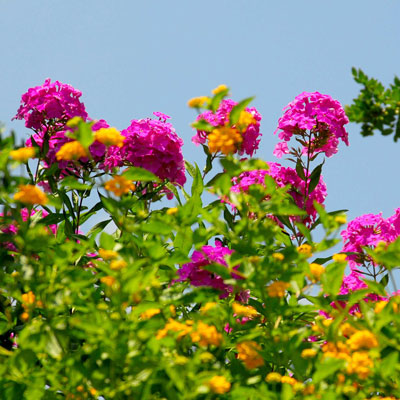
Both of these varieties hold up to Texas heat, and both are resistant to powdery mildew. Those are limiting factors for all of the other northern types of summer phlox.
